I have seen from various sources which say that a NOT gate cannot be used to achieve an 180-degree phase shift. Is this claim true?
Edit: The question is definitely sounding unclear because that is how it was worded, but one thing I missed was it was asked in the context related to FPGA's. So I assume we are dealing with digital signals here. Anyways giving a sine wave as an input to the NOT gate would change the shape of the output itself so I guess there would be no question of comparing/calculating the phase difference. The solution given was to use a DCM in an FPGA and it was explicitly mentioned not to use a NOT gate, but I don't understand why it won't work because inverting a wave is definitely an 180-degree phase change right? Please correct me if I'm wrong!



